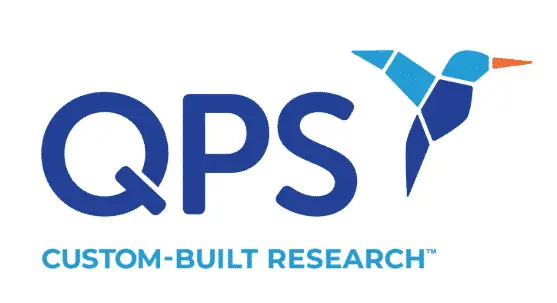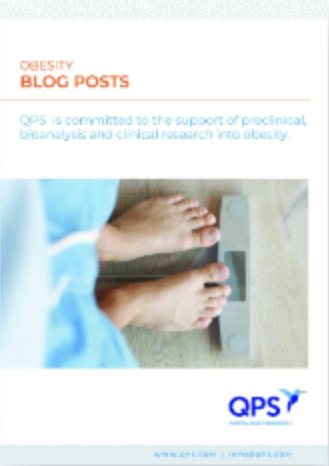The QPS blog focuses on presenting news about topics such as Alzheimer’s Disease, COVID-19, and clinical research to our clients and the public. This week, we’re taking a break from our regularly scheduled programming for some fascinating — and whimsical — scientific discoveries.
Smile as Old as Time
Both human and chimp infants display involuntary facial movements that look like smiles while sleeping. These expressions, called spontaneous smiles, are widely considered to be the evolutionary source of genuine smiles and laughter in later years. According to researchers from Kyoto University, this phenomenon happens not only in higher-order primates such as humans and chimpanzees, but also in newborn Japanese macaques, more distant relatives in the evolutionary tree. This discovery indicates that the evolution of the smile began much earlier than originally thought, long before humans first diverged from older primates.
Flat Out Like a Lizard Sleeping
Until recently, REM sleep had been observed only in birds and mammals. It was thought to be a case of convergent evolution, in which traits evolve independently in different species.
So a group of scientists at the Max Planck Institute for Brain Research was surprised to find rapid eye movement (REM) sleep while tracking the brainwaves of sleeping Australian dragons.
If lizards have REM sleep too, it means that it was common to an amniote ancestor of all of these species — and thus 100 million years older than previously thought.
Trees Saw Logs Too
Scientists at the Finnish Geospatial Research Institute have published a study that indicates trees have their own sleep cycle. When the researchers used infrared light to examine the branches of two silver birch trees located hundreds of miles apart, they discovered a pattern of nighttime drooping and sagging. Before sunrise, the branches perked up again, ready to photosynthesize. The movement occurred before the sun rose, indicating that this cycle of movement is not a response to the sun — but rather, a true circadian rhythm.
Christmas on My Mind
As we approach a pandemic-era holiday season, it may be hard for some of us to find our holiday spirit. A group of Danish scientists have come to the rescue: they’ve pinpointed the location of the Christmas spirit in the left primary and premotor cortexes, right inferior and superior parietal lobules, and the primary somatosensory cortex. The team conducted a study of twenty people from various cultures, who were shown control images interspersed with images of holiday cookies and twinkling lights, followed by a questionnaire on sentiments about Christmas. When shown the festive images, all participants with positive feelings or a cultural connection to the holiday had those three areas of the brain light up.
Making Sense of Every Scent
Although it seems as if there is an infinite variety of smells in the world, researchers at Bates College and the University of Pittsburgh have discovered that every known smell is composed of some combination of ten primary smells:
- Fragrant
- Woody/resinous
- Non-citrus fruit
- Sharp/pungent
- Chemical
- Mint
- Sweet
- Sickening
- Lemon
- Popcorn
Yes, popcorn. According to the study, this scent is present in an array of foods, and can be described as “an earthy smell that isn’t quite grass or wood.”
Check back in a month for Part II of this series of weird and whimsical scientific discoveries, where we’ll learn about the piranha’s vegetarian cousin, photosynthesizing worms and a few more surprises.
QPS is a GLP- and GCP-compliant contract research organization (CRO) delivering the highest grade of discovery, preclinical and clinical drug research development services. Since 1995, it has grown from a tiny bioanalysis shop to a full-service CRO with 1,100+ employees in the U.S., Europe and Asia. Today, QPS offers expanded pharmaceutical contract R&D services with special expertise in neuropharmacology, DMPK, toxicology, bioanalysis, translational medicine and clinical development. An award-winning leader focused on bioanalytics and clinical trials, QPS is known for proven quality standards, technical expertise, a flexible approach to research, client satisfaction and turnkey laboratories and facilities. Through continual enhancements in capacities and resources, QPS stands tall in its commitment to delivering superior quality, skilled performance and trusted service to its valued customers. For more information, visit www.qps.com or email info@qps.com.








